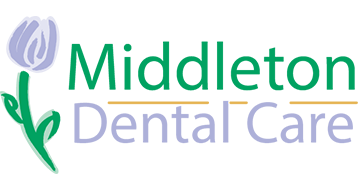KöR Whitening
Whitening gels can provide fast results for a brighter smile, especially when used in conjunction with a dental visit. Your dentist can whiten your teeth with products not obtainable over-the-counter due to their professional training & expertise. Following guidance from your dentist, there are even options to take home to keep your treatment going.
What is KöR Whitening?
KöR Whitening provides a whiter smile using specialized trays to more effectively whiten teeth using hydrogen peroxide. This allows for a more efficient, longer application that does not suffer from saliva contamination, which will break down the active ingredient before it can take effect.
In fact, these trays in combination with KöR gels can provide 6–10 hours of whitening activity. The result is a thorough cleansing of debris from between & within spaces of tooth enamel.
Unlike some whitening products, KöR does not use lasers or other lights. KöR offers several treatment options, from take-home kits to in-office treatment. This means patients with all ranges of whitening goals may get the results they are looking for.
KöR’s delivery system is also different from other gel whitening treatments in that it has three barrels to store ingredients in. This allows for more whitening agents to be stored inert until mixed so that the effectiveness of the bleaching agents used is increased.
Mitigating Sensitivity
Sensitivity is also an issue for many whitening patients. KöR treatments apply a desensitizing method before application. This plugs the orifices of dentinal tubules during whitening to prevent sensitivity, rather than simply attempting to treat the symptoms. When these tubules are sealed, the whitening agent cannot flow near the pulp of the tooth, where sensitivity occurs. This method & the applicant can also be used with take-home versions as well as at the doctor’s office.
Whitening That Lasts
The KöR method’s stronger, less contaminated application creates lasting results by fully flooding the stained particles with its bleaching agent, which can then break down larger, pigmented particles into small, colorless particles.
In order to keep lasting results, it’s best to see your dentist for regular cleanings & exams. Typically, a six-month cleanings schedule is needed to keep teeth their whitest, but talk to your dentist to see if more or less frequent visits are needed. These cleanings prevent the buildup of calculus that can seal in staining particles against the teeth, giving them nowhere to go but back into the spaces of your enamel. If you have dental insurance, these cleanings are usually provided at no cost to you. If you are uninsured, not to worry—many practices offer in-house dental plans that make preventive care affordable for all their patients.
Of course, regularly brushing & flossing is also important for any bright, white smile!
Always talk to your dentist before starting any tooth whitening treatment. Be sure to bring up past sensitivity issues, your ideal level of whiteness & any other concerns. Your dentist may want to work with you on your whitening goals in order to achieve the most natural-looking, bright smile possible.
